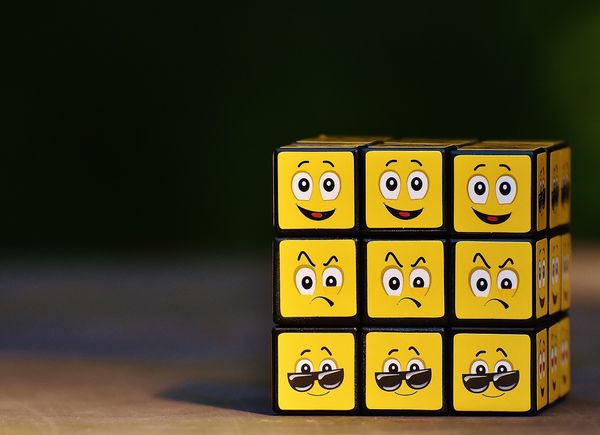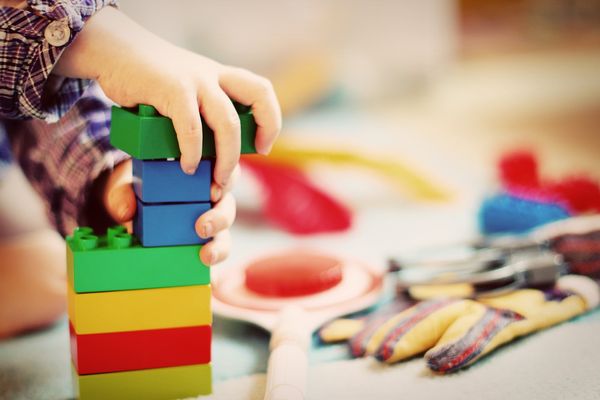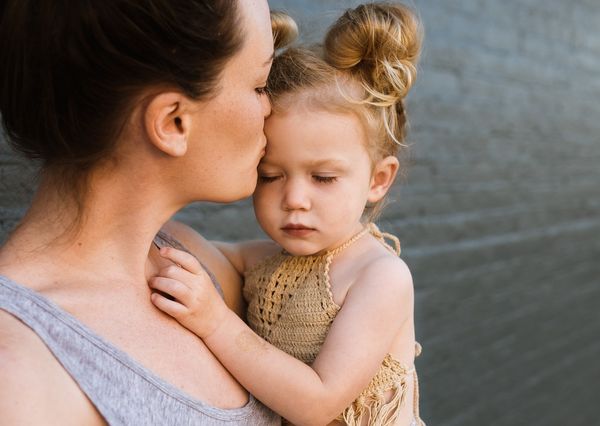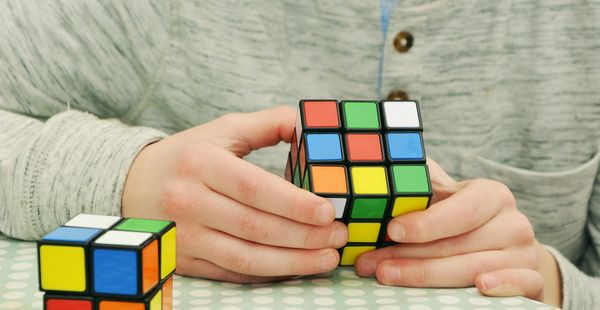Attachment Theory: Why It Matters for You and Your Child
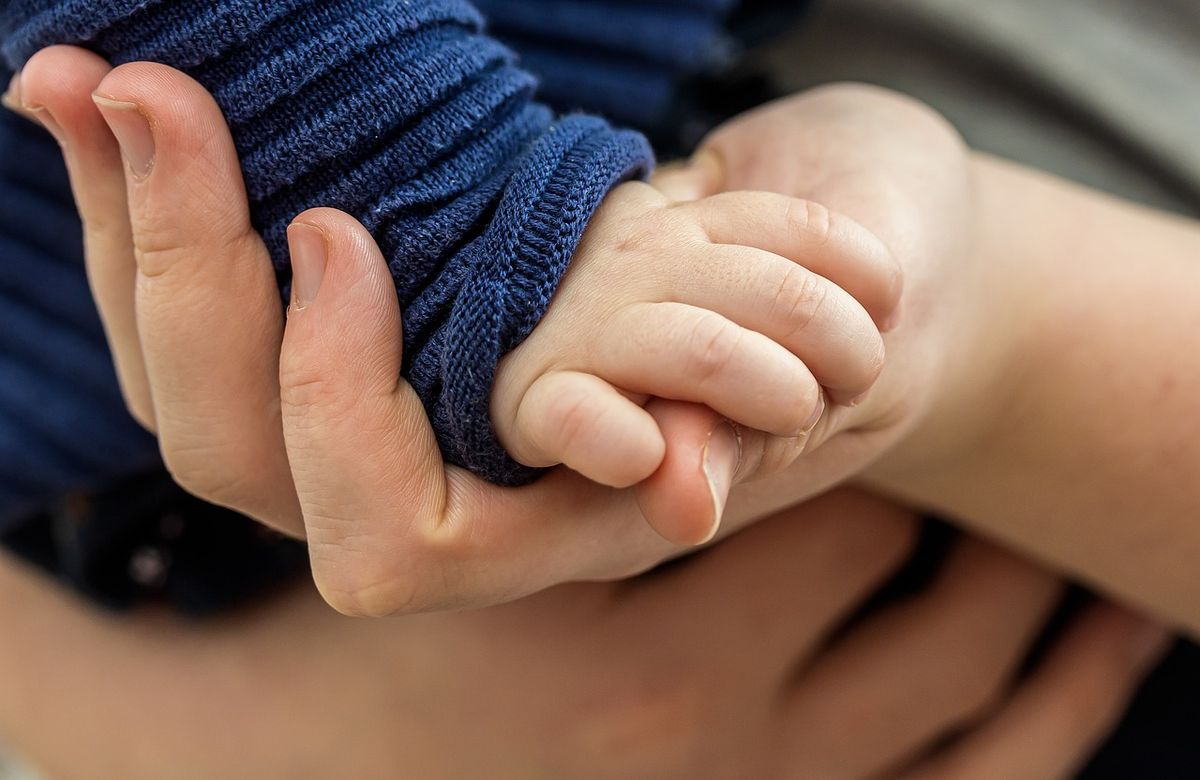
Attachment is one of the essential needs humans have. When something isn't right with our attachments, we might forget about hunger, thirst, or sleep. We even risk our lives when our attachments are under threat. Many of our actions, whether we realize it or not, are influenced by our attachments.
Gordon Neufeld compares attachment to the roots of a tree. We can't see the roots, but we understand that if the tree is healthy, flourishing with leaves, flowers, and fruits, then its roots are in good shape. If the roots are shallow and weak, the tree can't fully realize the potential embedded in the tiny seed from which it grew.
The same goes for children. We don't see the attachment, but it impacts everything we do see – behavior, character, and a child's overall development. However, attachment is not an end in itself; we don't raise children for attachment. Rather, attachment is the key to unlocking a child's potential. When attachment is deep and secure, the child doesn't think about it; their energy is freed up to explore the world around them.
On the flip side, nearly all behavioral issues in children stem from attachment problems. I say "nearly all" because there's also physiology at play. Yet, even in such cases, a safe and reliable attachment allows children to overcome many of their limitations.
Therefore, when dealing with behavioral problems in a child, it's crucial to work not on the surface, not on what's visible, but on the roots. It's about working on relationships. Surprisingly, when you start working on relationships, problems seem to resolve themselves.
Attachment develops gradually, with each year of a child's life. If all is well, attachment deepens and moves to a new level with each passing year. There are a total of 6 levels of attachment. The first three levels, how 3 to 4-year-olds attach to us, are not very deep, making it very challenging for them to be without us. After the age of 4, attachment becomes deeper, and I believe most parents feel this.
The previous levels of attachment don't disappear; they remain relevant for children (and adults) of any age. With each new level, children gain more ways to feel close to us and maintain a connection.
In the upcoming posts, we'll explore the different levels of attachment.
Level One Attachment: All About the Senses.
